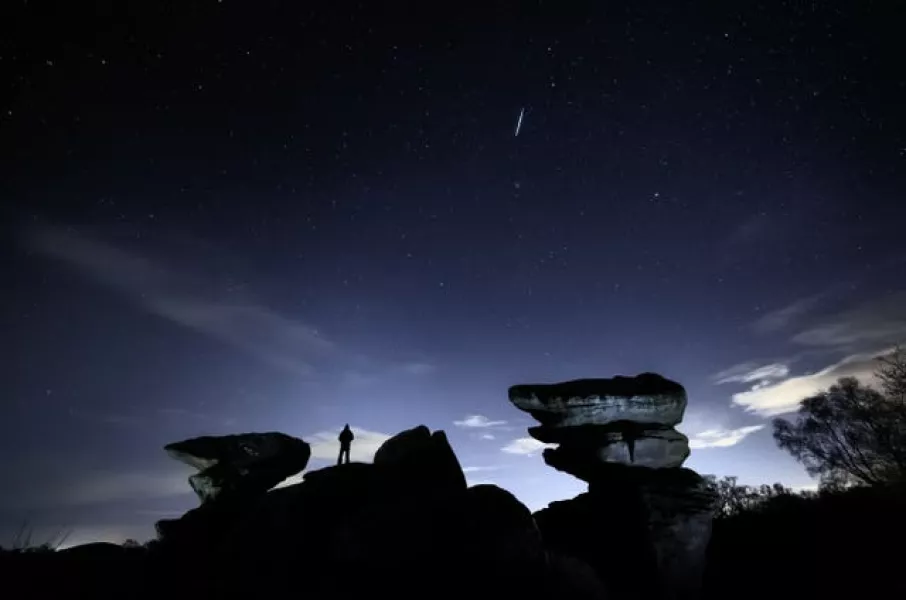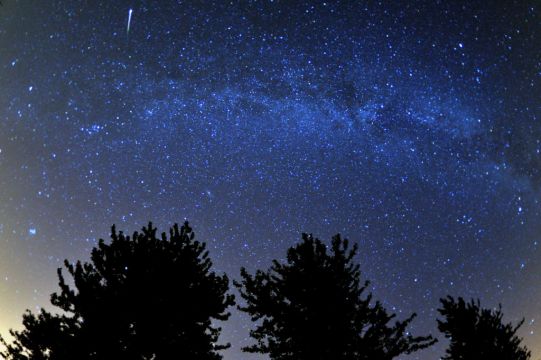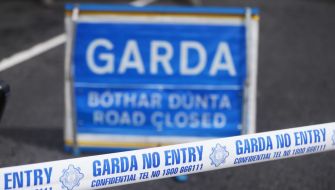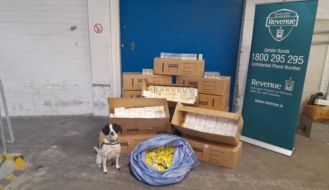Skygazers can look forward to the final display of shooting stars this year as the earth passes through a cloud of cometary dust.
The Ursid meteor shower is expected to peak some time during the night of December 21st and will be visible until the early morning of December 22nd.
This celestial display is associated with the comet 8P/Tuttle, also known as Comet Tuttle, which orbits the Sun once every 13 years.
The shooting stars appear to radiate from near the Beta Ursae Minoris (Kochab) in the constellation Ursa Minor.
The Ursid meteor shower is usually sparse, producing around five meteors per hour at its peak.
The peak coincides with a first quarter moon, so weather permitting, shooting stars will still be visible in the night sky.
According to Royal Observatory Greenwich, the meteor shower also occurs around the time of the winter solstice, when there will be long hours of darkness for stargazing.

The meteors, mostly no bigger than a grain of sand, burn up as they hit the atmosphere at 36 miles per second to produce a shooting stream of light in the sky.
Peak temperatures can reach anywhere from 1,648-5,537C as they speed across the sky.
The best way to view the shooting stars is to get away from all artificial lights and allow at least 45 minutes for the eyes to adjust to the dark.
The meteors will be visible to the naked eye.

The celestial display will also coincide with a rare planetary conjunction as Jupiter and Saturn will appear just 0.1 degrees apart – roughly equivalent to a fifth of the Moon’s diameter.
This conjunction – where objects appear very close to each other in the sky – will be the closest the two planets have appeared together since 1623.
Both the gas giants will appear to the naked eye as a single bright object in the night sky, which some refer to as the “Christmas star”.
The best time to observe the conjunction is between 4.30pm and 6pm Irish time.







